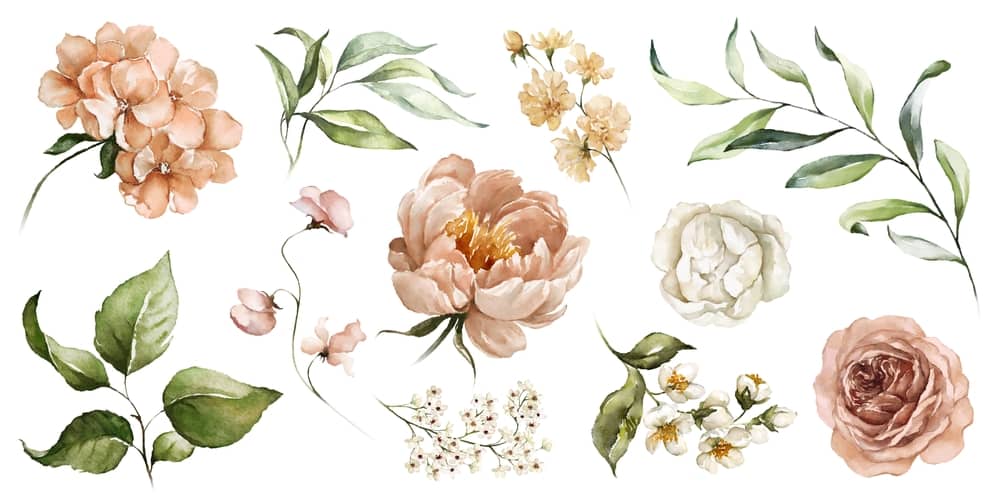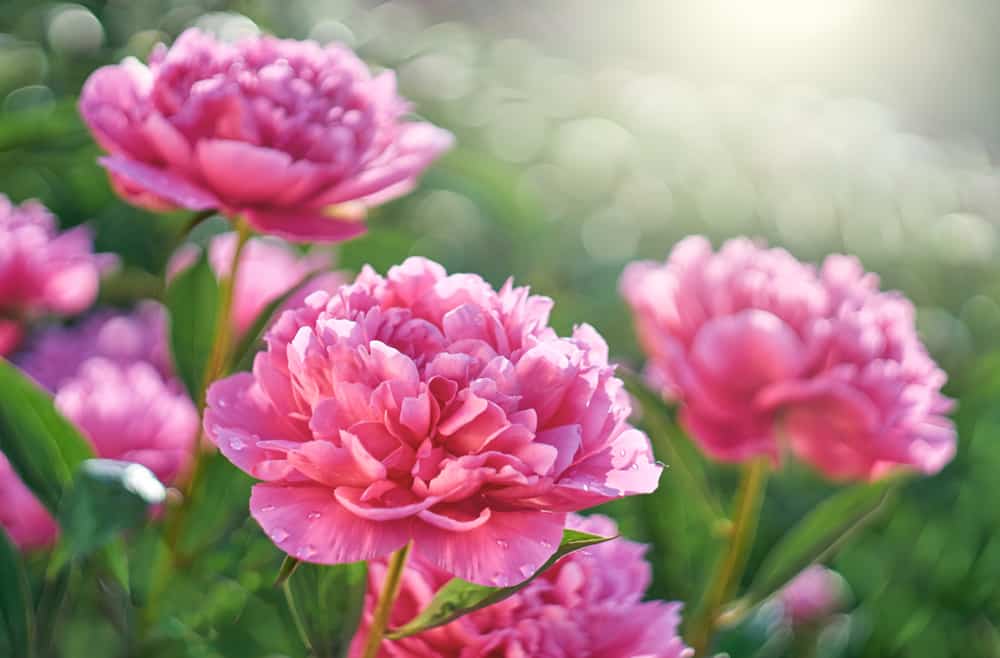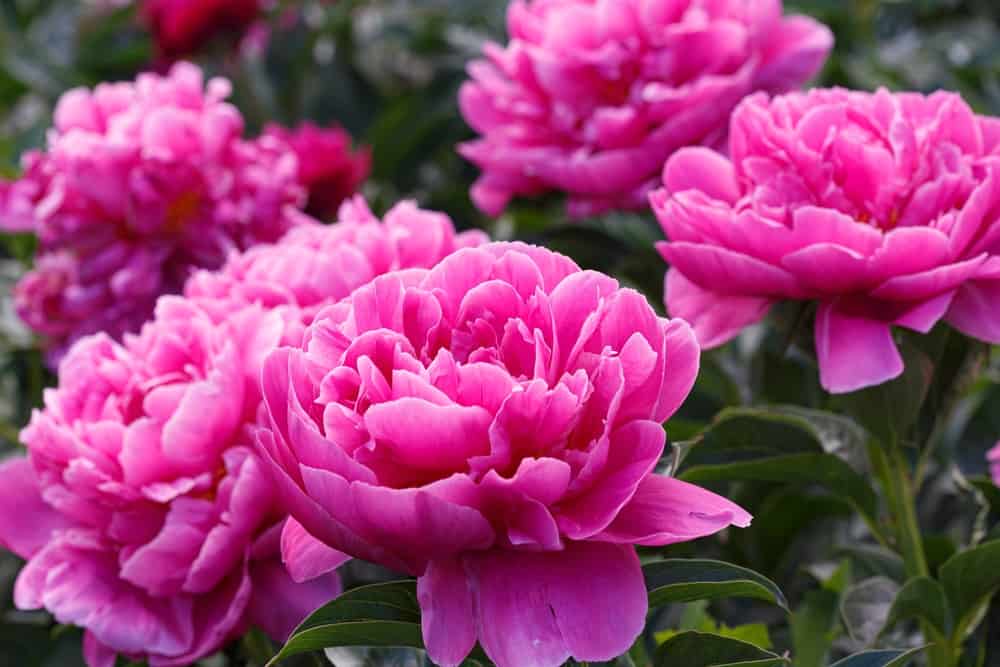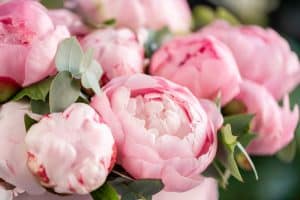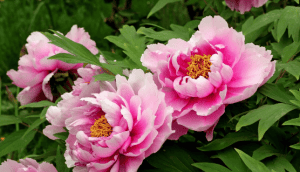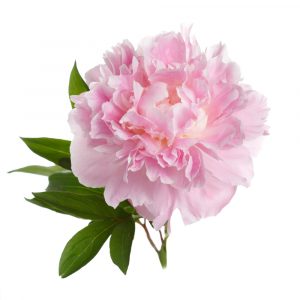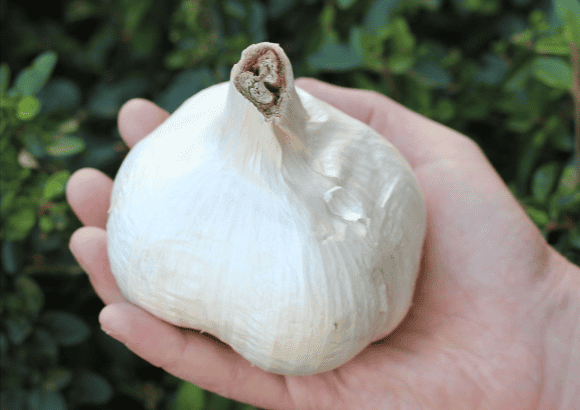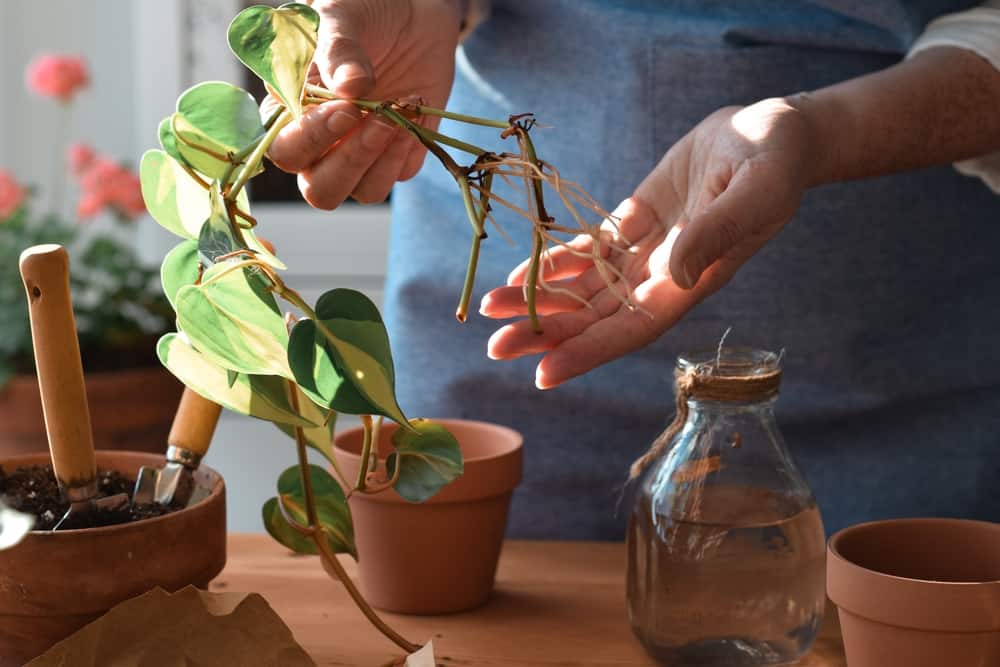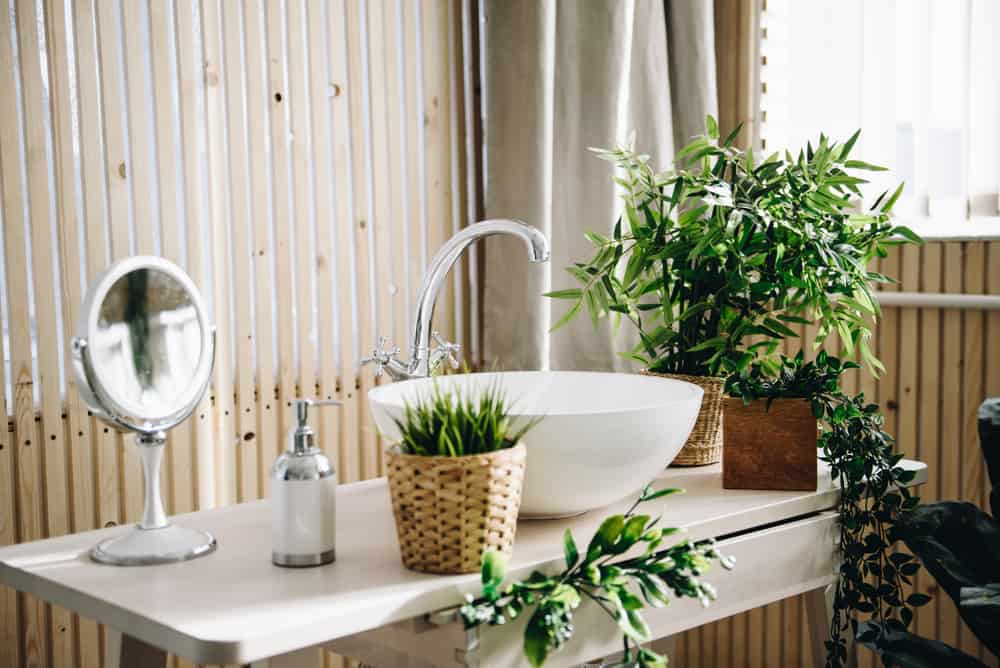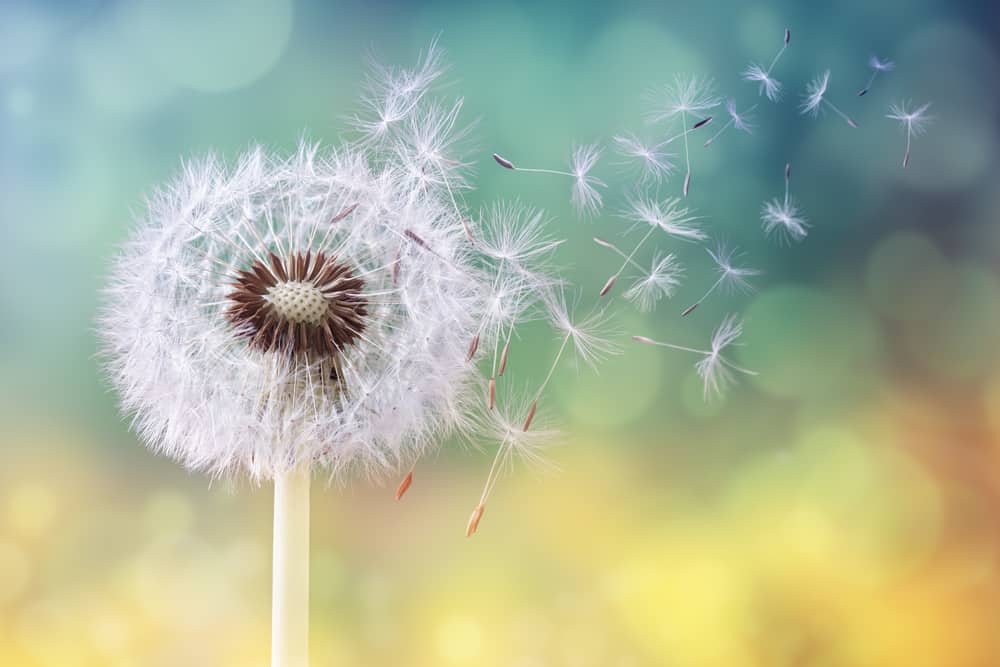Chinese peonies, otherwise known as Paeonia lactiflora or the Garden peony — are hardy plants that are easy to care for.
They’re best known for their large, bowl-shaped flowers that are fragrant and even known to attract butterflies.
Native to Central Asia, they’re now a popular plant in most garden
They’ll bloom year after year if you provide them with the proper care.
Page Contents:
How Do You Take Care of a Chinese Peony?
Chinese peonies are not difficult to keep alive, regardless of whether they’re being grown in your garden or in pots. Pay attention and give your peonies the proper temperature sunlight, water, and soil, and you’re sure to be rewarded with successful a successful.
Let’s dive into how to do just that.
1. Maintain the Correct Temperature
Since Chinese peonies are a type of perennial plant, they need winters cold enough to cause dormancy. This means that for 2 to 3 months, the temperature needs to be between 33 and 50 degrees Fahrenheit in order to bloom.
Chinese peonies do not do well in humidity or hot weather. Their ability to thrive in colder environments makes them a popular variety up North.
In fact…
Certain varieties can even survive temperatures as cold enough as -50 degrees Fahrenheit.
2. Sunlight
Sunlight is needed, but an excess can cause the leaves to burn. If you’re planting Chinese peonies in warmer climates, you may need to ensure that they have partial shade.
Chinese peonies bloom best with at least 6 hours of daily sunlight.
3. Water
The amount of water that your Chinese peonies will need depends on the region you’re located in.
If your home experiences regular rainfall, you may not need to provide them with additional water.
(Typically, 1 inch of water a week is enough).
Even though Chinese peonies are resistant to dry weather, you need to make sure the soil is moist enough during spring and fall.
You can place your finger in the soil gently to test if the first 2 to 4 inches are dry or moist. If it’s dry, make sure you’re watering the soil deep enough to nourish the roots.
4. Soil
Make sure your plant’s soil is both well-fertilized and well-drained.
When these 2 requirements are met, you can plant your peonies in a variety of different soil types.
Neutral soil is best, but the peonies can withstand slightly acidic or sticky soil.
Make note of whether you’re planting your Chinese peonies in clay or sandy soil. Add organic matter if your soil is high in either of these — and remember, sandy soil will require more watering than clay soil.
Types of Chinese Peonies
Chinese Peonies (Paeonia lactiflora) are renowned for their exquisite beauty and come in a wide range of varieties.
Here are some popular types of Chinese Peonies:
Single-Flowered Peonies: These peonies have a single row of large, showy petals surrounding a center of yellow stamens.
Examples include ‘Festiva Maxima’ and ‘Krinkled White.’
Semi-Double Peonies: Semi-double peonies have a center of yellow stamens surrounded by several rows of petals. They offer a balance between the simplicity of single-flowered peonies and the fullness of double-flowered peonies.
Examples include ‘Sarah Bernhardt’ and ‘Bowl of Beauty.’
Double-Flowered Peonies: Double-flowered peonies have multiple layers of petals, creating a lush and full appearance. They often have a large, ruffled appearance.
Examples include ‘Shirley Temple’ and ‘Coral Charm.’
Bomb Double Peonies: Bomb double peonies have a large, fluffy center surrounded by several rows of petals. The center is often a different color than the outer petals, creating a striking contrast.
Examples include ‘Kansas’ and ‘Red Charm.’
Japanese Peonies: Japanese peonies have large outer petals that surround a center of smaller, more delicate petals or staminodes. This gives them a unique appearance.
Examples include ‘Kamata-fuji’ and ‘Hatsugatsuo.’
Anemone Flowered Peonies: Anemone flowered peonies have a center of petaloids or staminodes that resemble anemone flowers, surrounded by a row of large, outer petals.
Examples include ‘Black Swan’ and ‘White Frost.’
Tree Peonies: While not technically Chinese Peonies, tree peonies (Paeonia suffruticosa) are native to China and are highly revered. They are woody shrubs with large, showy flowers in a variety of colors and forms.
Examples include ‘High Noon’ and ‘Hanakisoi.’
How to Get Chinese Peonies to Bloom
You can expect your Chinese peonies to bloom in late spring or early summer. Set your flowers up for success by following the guidance above.
Chinese peonies may not bloom the first year, or second, around — but don’t give up hope! By year 3, your patience should be rewarded with beautiful blooms.
Planting too deep in the soil might hinder blooming, so make sure they’re planted shallow enough (no more than 2 inches deep). This will ensure they receive a proper winter chill during their dormant period.
If you want to encourage your peonies to continue blooming, do not harvest more than ⅓ of your flowers.
Common Problems with the Chinese Peony
Hopefully, your experience with your Chinese peonies is painless — they’re very resilient plants.
However, if you do have any issues, they may be one of the following:
- Botrytis blight: If there are wilted or brown/black patches on leaves, your peonies might be affected by Botrytis blight, sometimes referred to as grey mold.
- Southern blight: Southern blight is one form of fungal disease that can affect your plant, also known as white mold or crown rot. If you notice wilted foliage or decoloration, act fast, because your plant may die from this.
- Herbicide damage: If you’re using herbicides in your garden, your plant may become damaged. This will appear in the form of stunted growth or discolored leaves.
You may notice ants around your Chinese peonies, but not to worry, they’re harmless.
(They’re just attracted to the flower’s nectar).
What Does the Peony Symbolize in Chinese Culture?
The peony is a well-regarded flower in Chinese culture — it’s actually the country’s unofficial national flower.
In China, these flowers are considered “the king of flowers” and they are often associated with prosperity and happiness. In Imperial China, peonies were sewn into the clothes of the imperial family.
Due to their big petals, they also can symbolize romance and love.
Where to buy a Chinese Peony
To buy a Chinese Peony, you can explore various options such as local nurseries, garden centers, botanical gardens, and online plant retailers. Here are a few places where you might be able to find Chinese Peonies:
- Local Nurseries and Garden Centers: Visit nearby nurseries and garden centers, especially those that specialize in flowering plants or perennials.
- Botanical Gardens: Check if there are any botanical gardens or arboretums in your area that have plant sales or gift shops. These institutions often cultivate and sell a wide variety of plants, including Chinese Peonies.
- Online Plant Retailers: Many online plant nurseries and retailers offer a wide selection of plants, including Chinese Peonies.
Some popular online platforms where you can find plants for sale include:
Etsy: A marketplace for handmade and unique products, including plants. Many sellers offer a range of peony varieties.
Amazon: The online retail giant also offers a variety of plants, including Chinese Peonies, through third-party sellers.
Online Plant Nurseries: Numerous online nurseries specialize in selling plants. Search for reputable nurseries that ship plants to your location.
When purchasing plants online, ensure that you review the seller’s ratings and reviews, check their shipping policies, and verify that they offer healthy and well-established plants.
